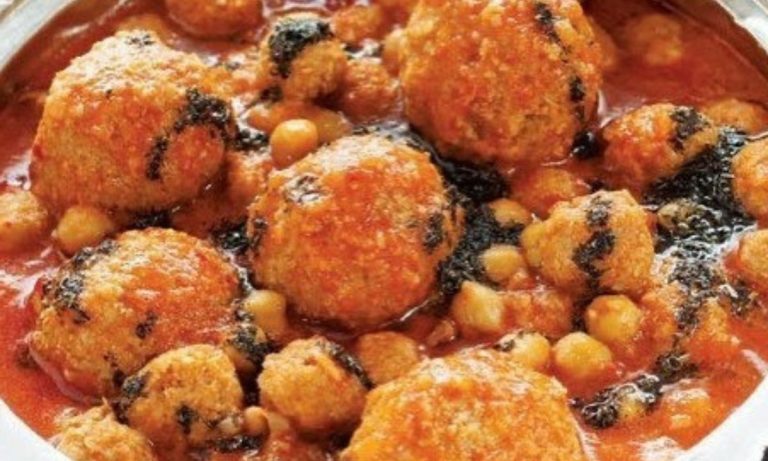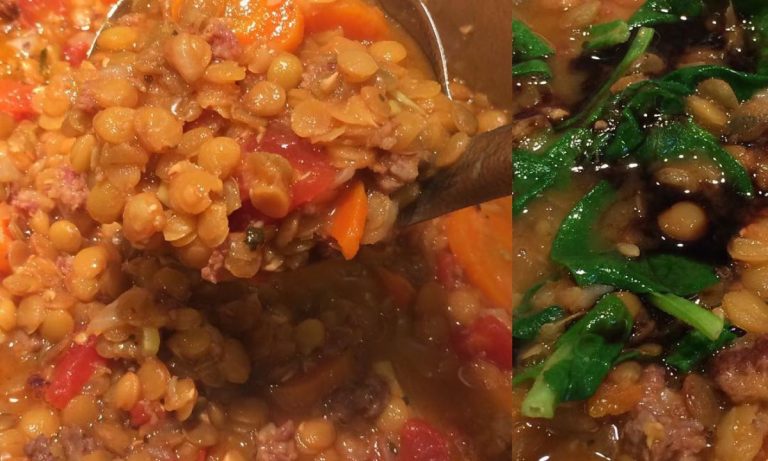is tomato sauce and tomato soup the same
Is tomato sauce and tomato soup the same? No, they differ significantly.
What are the primary differences between tomato sauce and tomato soup?
Both products originate from tomatoes, yet they serve distinct culinary purposes and have unique characteristics. Here’s a breakdown of their differences:
- Texture: Tomato sauce is thick and chunky, while tomato soup is smooth and often creamy.
- Ingredients: Sauce typically includes tomatoes, garlic, herbs, and sometimes meat or cheese. Soup usually contains pureed tomatoes, broth or milk, and may include vegetables like celery or carrots.
- Usage: Sauce is primarily a condiment or base for dishes like pasta and pizza. In contrast, soup is often enjoyed as a standalone meal or appetizer.
How do their nutritional profiles compare?
| Nutritional Aspect | Tomato Soup | Tomato Sauce |
|---|---|---|
| Calories (per cup) | ~85 | 74-136 |
| Carbohydrates | Higher | Lower |
| Fiber | Lower | Higher |
| Vitamins & Minerals | Varies | Generally richer |
Tomato soup tends to be lower in calories but higher in carbohydrates compared to sauce, which often has more dietary fiber due to additional ingredients like onions and peppers[1][4].
What are the common culinary uses for each?
- Tomato Soup:
- Eaten alone or with grilled cheese.
- Can be enhanced with cream or spices for added flavor.
- Often served as a comforting meal during colder months.
- Tomato Sauce:
- Used as a base for pasta dishes, pizzas, and casseroles.
- Can be seasoned with various herbs and spices to complement different cuisines.
- Acts as a versatile condiment for numerous dishes.
Are there any similarities between the two?
Despite their differences, both products share several commonalities:
- Base Ingredient: Both are primarily made from tomatoes, which provide a savory flavor profile.
- Cooking Method: Both involve cooking tomatoes but vary in preparation techniques—sauce is simmered longer for thickness while soup is blended for smoothness[3][4].
- Culinary Versatility: Each can be adapted with additional ingredients to enhance flavor and texture.
Why is it important to differentiate between the two?
Using one in place of the other can lead to undesirable results in recipes. For instance, using soup instead of sauce in pasta can create a watery dish rather than a rich one. Understanding their distinct roles helps in achieving the desired outcome in cooking.
while both products are tomato-based, they serve different culinary functions and possess unique characteristics. Recognizing these differences enhances cooking skills and ensures better meal preparation.






